Guide to Furniture Restoration Basics: From Dusty Finds to Daily Favorites
Chosen theme: Guide to Furniture Restoration Basics. Roll up your sleeves and rediscover the beauty hidden in worn finishes, wobbly legs, and forgotten heirlooms. Learn approachable steps, avoid common mistakes, and share your progress so we can cheer each discovery together.
Start with Assessment: Materials, Joinery, and History
Reading the wood and finish
Identify species by grain and weight, then examine the existing finish with a solvent test. A quick swipe of denatured alcohol can reveal shellac, while mineral spirits show grain character without committing you to sanding.
Joinery tells the era
Hand-cut dovetails, irregular pins, and through-tenons hint at age and craftsmanship. Machine-cut joints suggest later manufacturing. Note gaps or failed glue lines to plan repairs, and comment below if you’re unsure about your piece’s joinery.
Provenance and sentimental value
Ask family for stories, check under drawers for maker’s stamps, and photograph before disassembly. A simple label or pencil note can change your approach from aggressive refinishing to sensitive conservation. Share your finds with the community.
Beginner’s Toolkit and Workspace Setup
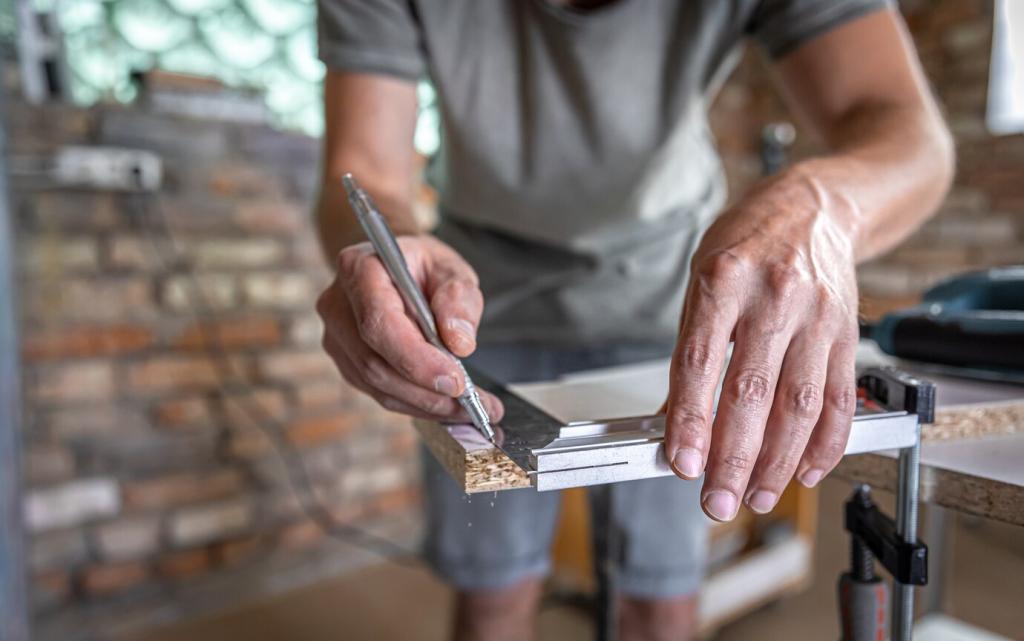
Core tools that matter
Start with a card scraper, cabinet scraper, sanding block, assorted grits, small block plane, wood glue, clamps, putty knife, and a quality screw driver set. Add a mask, eye protection, and nitrile gloves for safety.

Smart, safe workspace
Good ventilation is essential when stripping or finishing. Use a sturdy bench, drop cloths, and labeled containers for hardware. Keep rags in a metal can to prevent spontaneous combustion. Post your setup photo and ask for feedback.
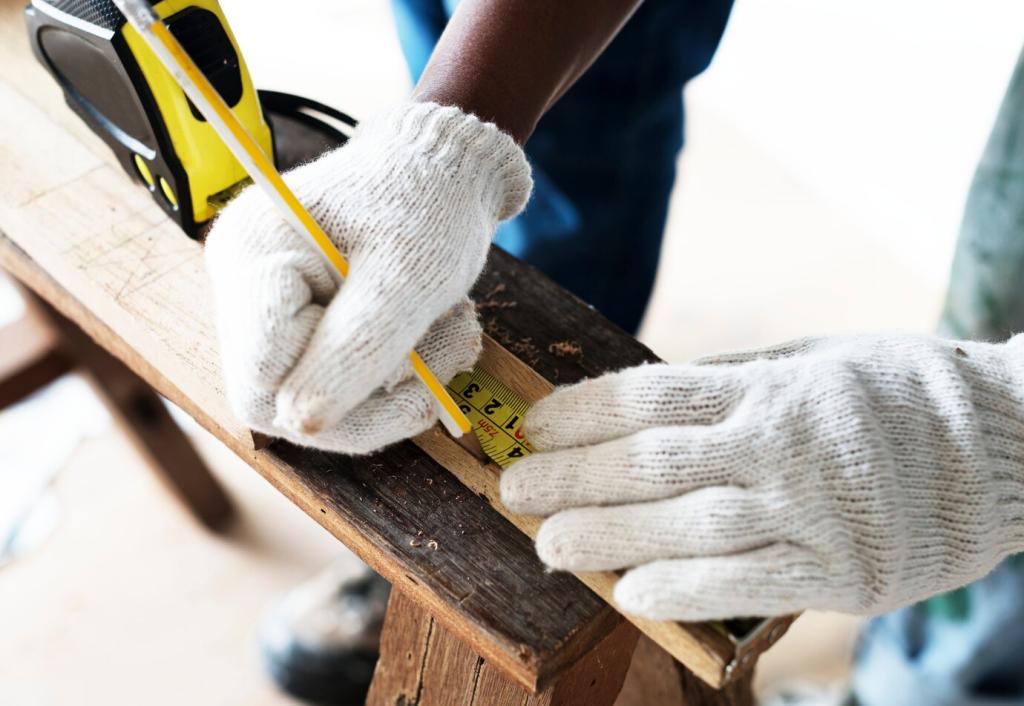
Budget-friendly alternatives
Repurpose old toothbrushes for detail cleaning, make soft sanding blocks from cork, and cut shop towels into pads. Many beginners borrow clamps from friends or community shops. Tell us your favorite thrifty hack to help others start.
Cleaning, Stripping, and Surface Preparation
Use mild soap, warm water, and a soft cloth to lift dirt. Follow with mineral spirits to see the true wood tone beneath grime. Often, careful cleaning revives luster and preserves cherished patina without aggressive methods.
Cleaning, Stripping, and Surface Preparation
Citrus-based strippers are beginner-friendly, though slower. Methylene chloride works fast but demands strict safety. Always wear gloves, eye protection, and respirator, and neutralize residue per the manufacturer’s instructions. Share your brand experiences to save other readers headaches.
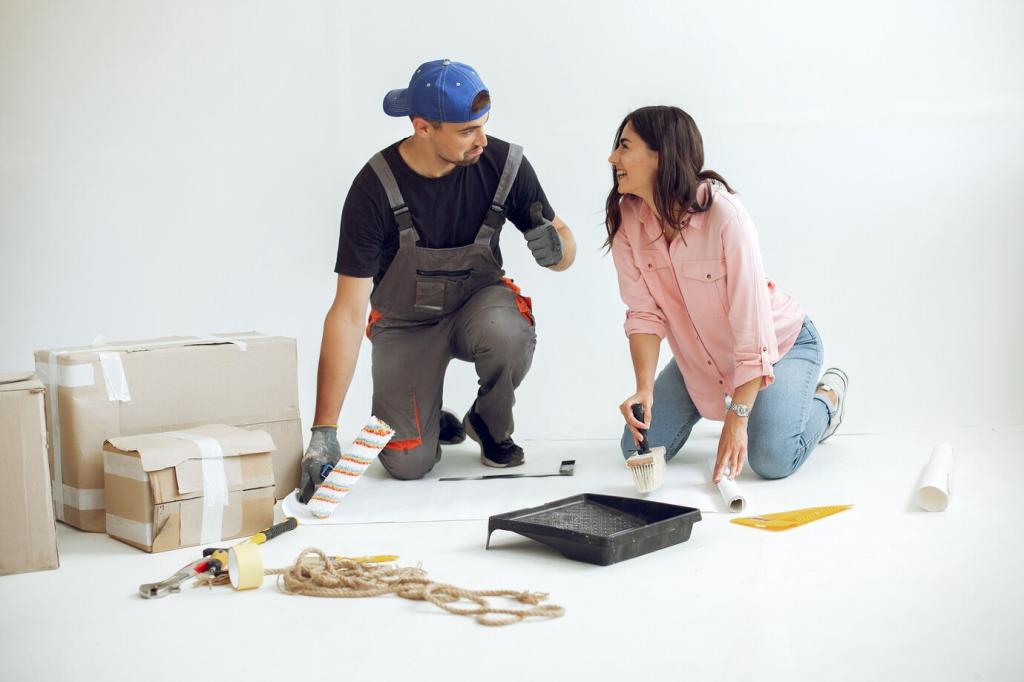


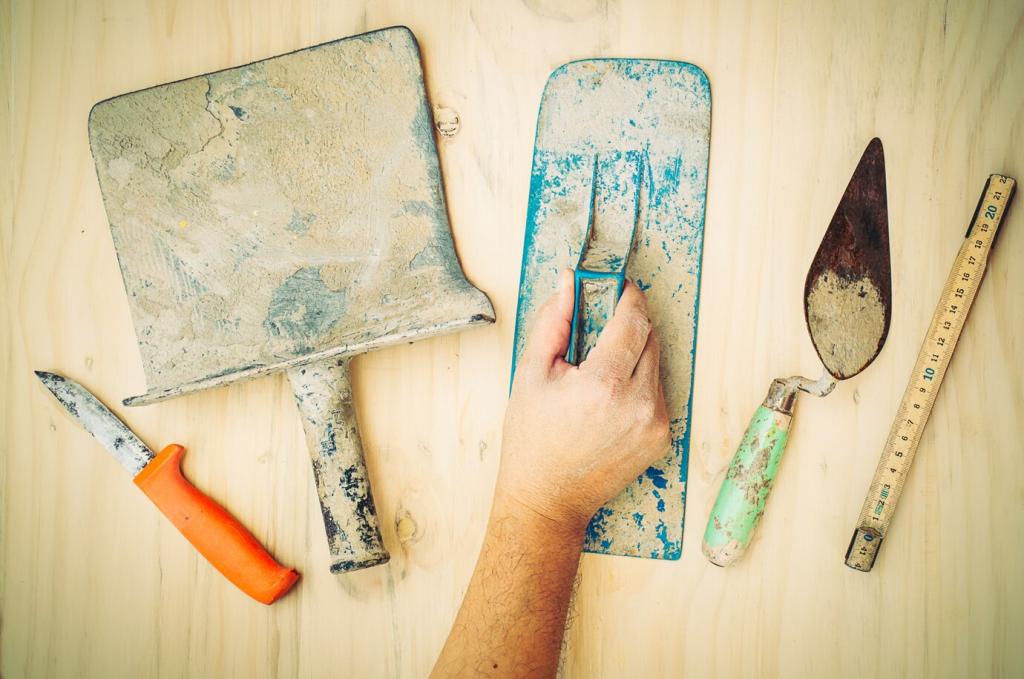
Repairs: Tight Joints, Veneer Fixes, and Hardware Care
Hide glue is reversible and ideal for antiques; PVA offers convenience for modern pieces; epoxy fills gaps in non-structural areas. Dry-fit everything, apply gradual clamp pressure, and wipe squeeze-out quickly. Ask us which glue suits your repair.
Repairs: Tight Joints, Veneer Fixes, and Hardware Care
Steam lifts loose veneer, while careful knife work trims bubbles. Patch with matching grain, align the figure, and press with cauls. A well-matched patch disappears after finishing. Share your before-and-after photos to inspire cautious, beautiful fixes.
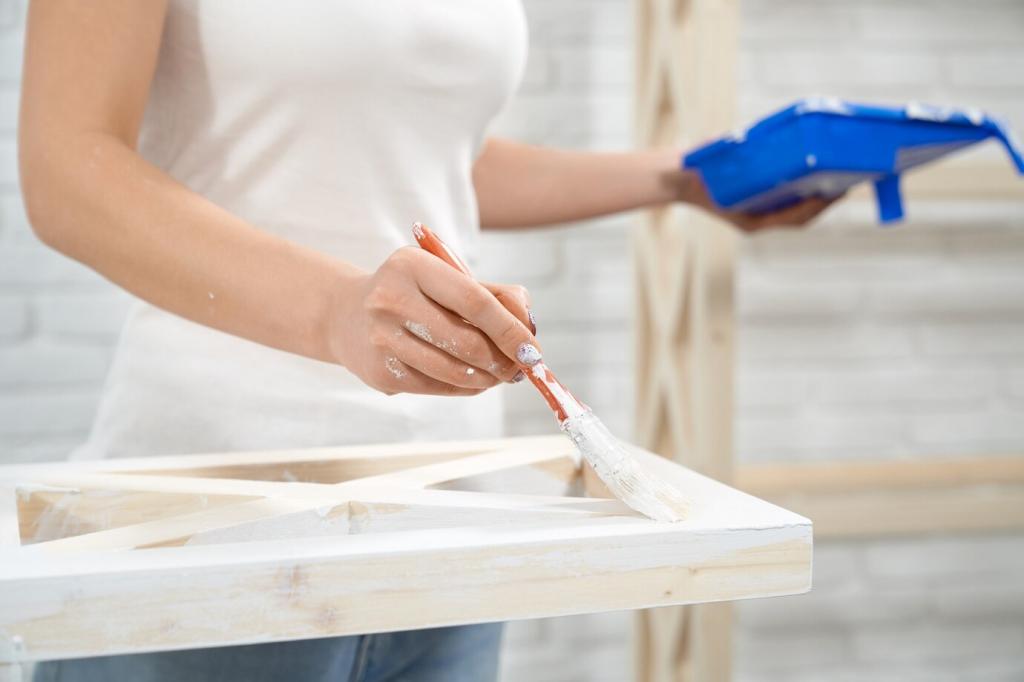
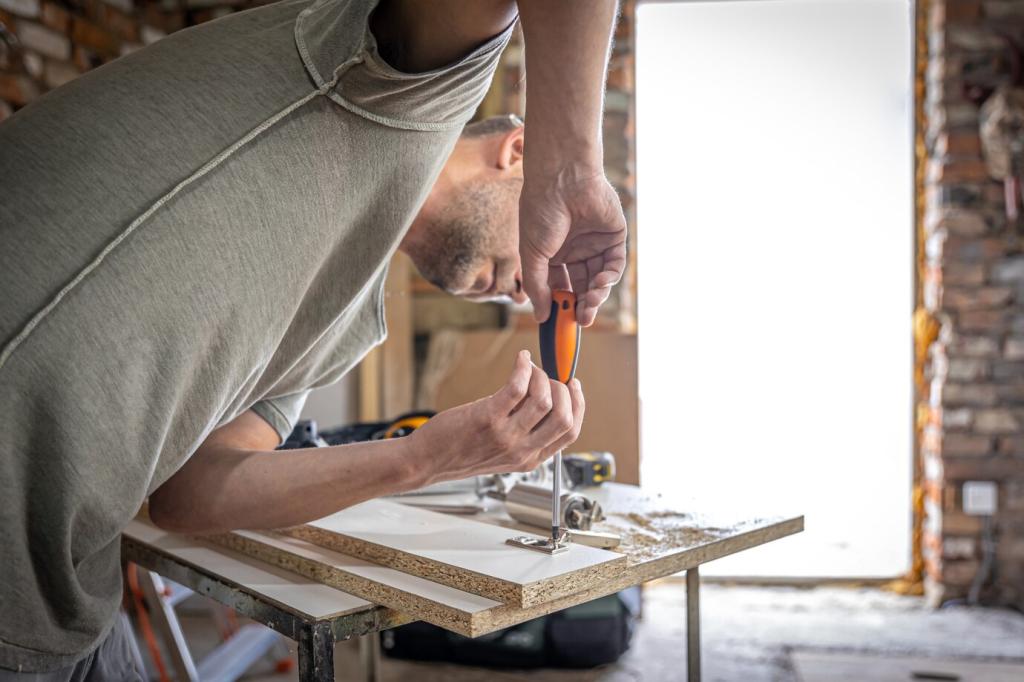

Care and Maintenance After Restoration
Routine care that matters
Dust with a soft cloth, avoid silicone sprays, and wax sparingly for sheen and protection. Monitor humidity to prevent seasonal movement. Share your maintenance calendar template to help fellow readers build reliable care routines.
Guarding against mishaps
Use coasters, felt pads, and curtains to reduce UV fading. Lift rather than drag furniture. Teach kids the story behind a piece so they’ll respect it. Got a disaster tale turned lesson? Tell us so others can learn.
Documenting your restoration
Keep notes, receipts, and finish schedules inside a drawer envelope. Future caretakers will thank you. Post your project summary and subscribe to follow new tutorials that deepen these restoration basics with advanced, friendly guidance.
